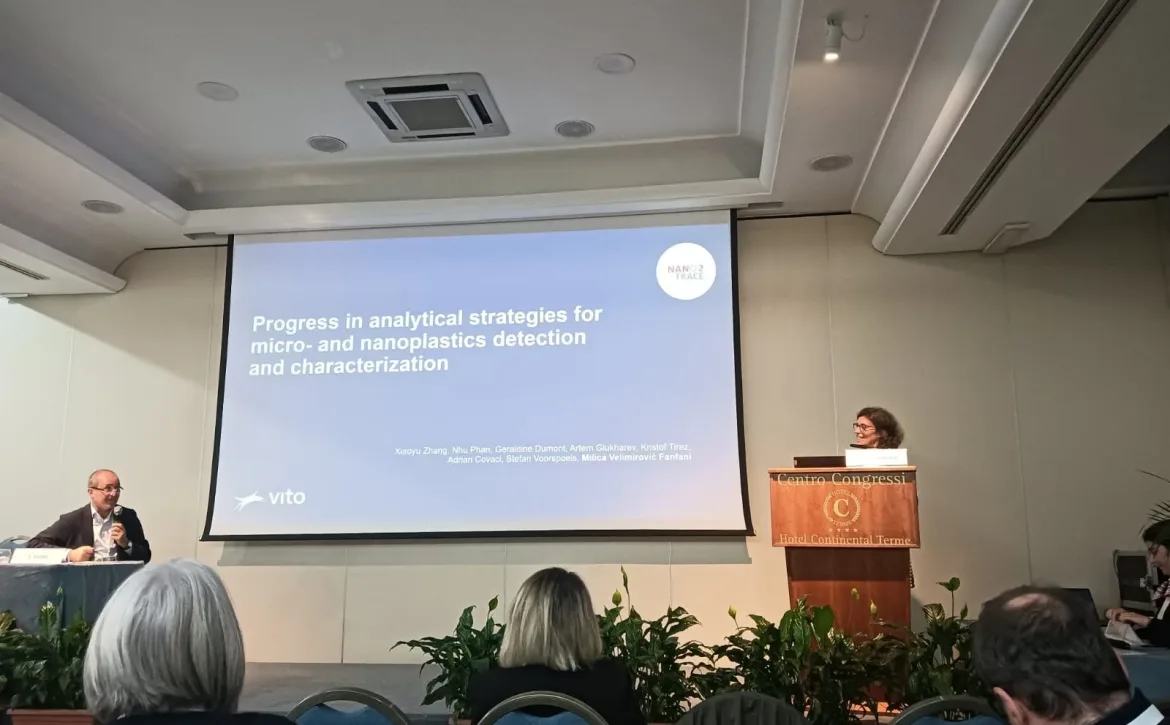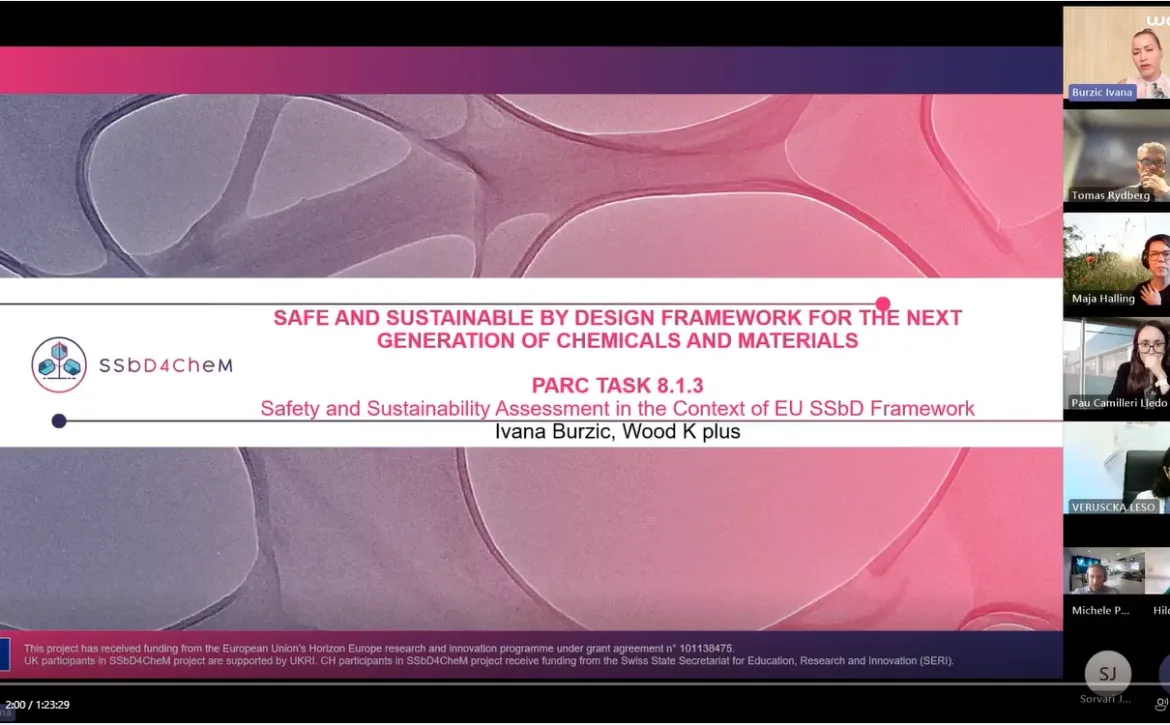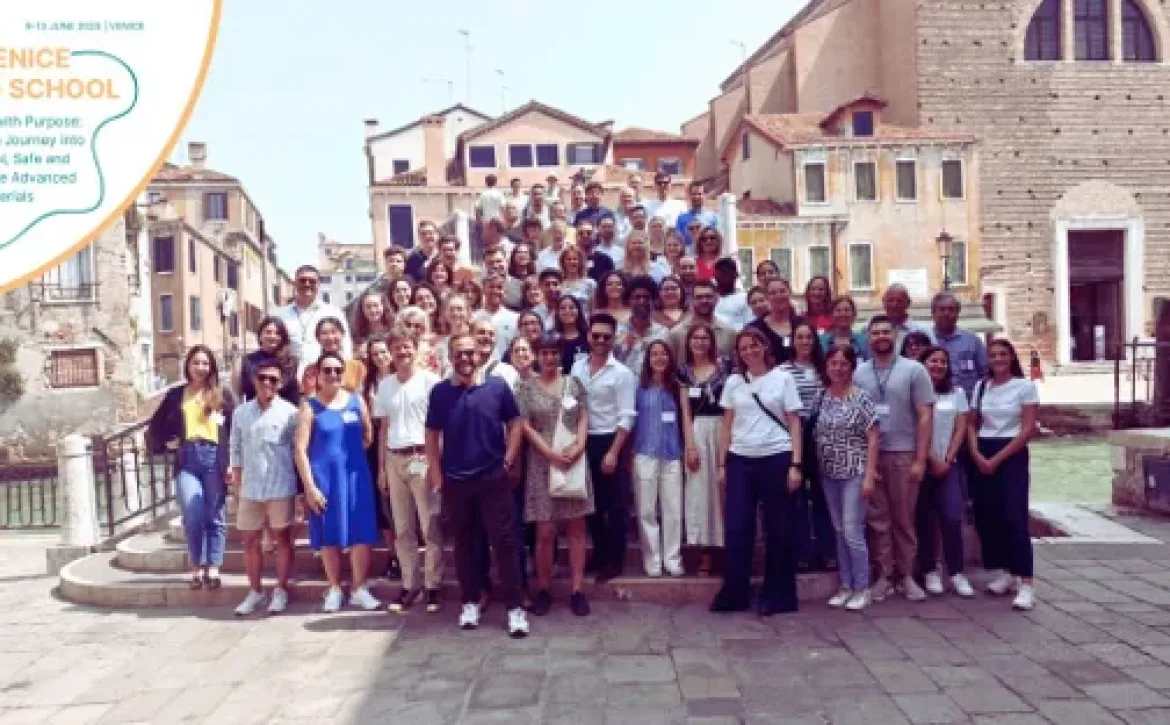Recap Venice Training School 2025
The Safe-and-Sustainable-by-Design (SSbD) concept starts at the very earliest stages of the design process – so why not plant the seeds early with the researchers and consumers of the future?
Launch of SbD4Skin: A New AI Tool for Safer Chemicals
On 11th June 2025, the SSbD4CheM project hosted a stakeholder outreach webinar titled “Practical Application and Case Studies in Industrial Safe and Sustainable by Design”. The webinar brought together researchers and industry experts for the project to explore the practical implementation of the Safe and Sustainable by Design (SSbD) framework, with a strong focus on real-world industrial applications.
Recap of the SSbD4CheM External Stakeholder Webinar on 11 June 2025
On 11th June 2025, the SSbD4CheM project hosted a stakeholder outreach webinar titled “Practical Application and Case Studies in Industrial Safe and Sustainable by Design”. The webinar brought together researchers and industry experts for the project to explore the practical implementation of the Safe and Sustainable by Design (SSbD) framework, with a strong focus on real-world industrial applications.
SSbD4CheM @ EUIndTech2025
EUIndTech2025 is the new EU flagship event, in which the two cyclical events, “Conference on Industrial Technologies” and “EuroNanoForum” are merged. This year it was done during the Polish presidency of the EU Council in Krakow, Poland.
SSbD4CheM @ SETAC 2025
From 11-15 May 2025 took place the SETAC 2025, the 35th Annual Meeting of the Society of Environmental Toxicology and Chemistry in Europe, at the Austria Center in Vienna.
SSbD4CheM External Stakeholder Workshop “Practical application and Case Studies in industrial SSbD”
On 11 June 2025 from 15:00 to 16:30h CEST, SSbD4CheM is organising its first webinar for external stakeholders on the “Practical Application and Case Studies in Industrial Safe and Sustainable by Design (SSbD)”.
- 1
- 2


















